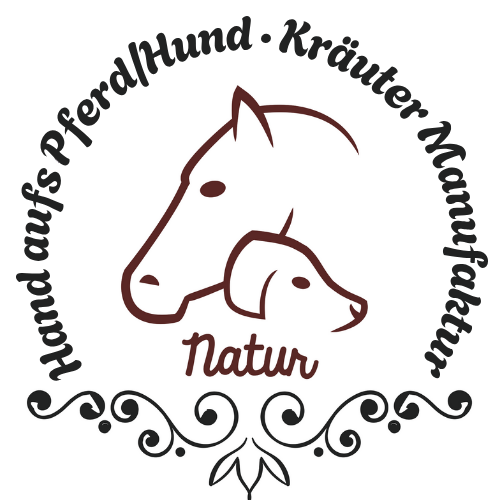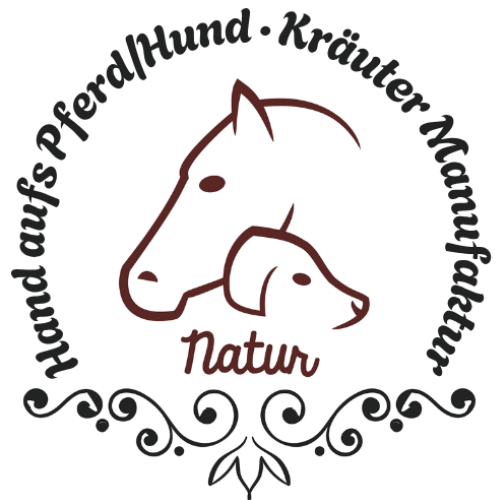Equine Asthma COB in Horses – Causes, Symptoms, Treatment and Prevention
Equine asthma , formerly known as COB (Chronic Obstructive Bronchitis) or RAO (Recurrent Airway Obstruction) It is one of the most common non-infectious respiratory diseases in horses. It represents a serious health problem for many horses, impacting quality of life, performance, and long-term management. The disease is chronic but can be treated and managed effectively with timely intervention.
What is equine asthma?
Equine asthma is a A chronic inflammatory disease of the lower respiratory tract in which irritation and hypersensitivity of the bronchi lead to overproduction of mucus and constriction of the airways. Typical symptoms include coughing, shortness of breath, and reduced exercise tolerance. The inflammation is usually triggered by inhaled irritants such as dust, mold spores, or ammonia vapors.
Two main forms
-
Mild to moderate equine asthma
- Mainly affects young horses or horses used intensively for sport
- Symptoms occur in phases, e.g., during high stress or during stable time
- Can be completely reversed through good husbandry and management
-
Severe equine asthma (formerly COB/RAO)
- Mostly in older horses
- Severe shortness of breath, cough, chest congestion
- Permanent structural changes in the airways
Equine asthma COB in horses – causes and triggers
Equine Asthma COB is not a contagious disease, but a allergy-like reaction to environmental stimuli. The main triggers are:
- Dust in hay and bedding
- mold spores (especially with poorly stored hay or straw)
- ammonia in the stable air (e.g. due to insufficient mucking out)
- Pollen and environmental allergens
- Climatic factors : dry, poorly ventilated stables, high humidity, winter bedding
Genetic factors and previous respiratory infections can increase susceptibility.
Symptoms
Symptoms depend on the severity but often progress gradually. Common signs include:
- Dry or wet cough , especially after rest or when trotting
- nasal discharge , mostly clear to slimy
- Increased respiratory rate and flank breathing
- Decrease in performance , rapid exhaustion
- Increased breathing movements , especially when exhaling
-
steam gutter in severe cases – visible retraction along the flank
In acute phases, the horse may show strong pressure when breathing, combined with restlessness or even panic.
diagnosis
The diagnosis should be made by a Veterinarian specializing in respiratory diseases Typical procedures:
- Auscultation of the lungs and bronchi
- Endoscopy : direct view of the respiratory tract
- Bronchoalveolar lavage (BAL) : collection of mucous cells for microscopic examination
- X-ray or ultrasound (if structural damage is suspected)
Early diagnosis is important to avoid permanent damage.
Equine Asthma COB in Horses – Treatment and Management
Environmental management – the most important step
- Dust-free feeding : Steam or water hay, if necessary switch to haylage
- Low-dust bedding : flax straw, shavings, paper bedding
- Optimal stable climate : good ventilation, regular mucking out, no drafts
- Sufficient grazing or open stables : Fresh air reduces stress
Drug treatment
- Bronchodilators : Widen the airways (e.g. Clenbuterol)
- Corticosteroids : Inhibit inflammation (e.g. dexamethasone)
- Expectorants : Support coughing
- Inhalation : Deliver medication directly into the respiratory tract (e.g. with an inhalation mask)
Medications should always be used in conjunction with management measures – they do not address the cause!
forecast
- Mild asthma : Good prognosis with consistent posture change
- Severe asthma : lifelong management necessary, but often stabilizable
- Dampness (End stage): Incurable, only symptomatic treatment possible
prevention
Prevention begins with posture:
- Only high-quality, mold-free hay use
- Daily mucking out and stable cleaning
- Sufficient Fresh air and exercise
- On symptoms react early
- Regular veterinary inspection of the respiratory tract, especially in horses at risk
Preventive measures against the development of COB in horses
The most important factor is good air quality in the horse's environment. It is advisable to ventilate the stable regularly and ensure low-dust bedding. Avoiding smoke and dust exposure and removing mold and spores from the stable are also important measures for preventing COB. In addition to improving air quality, targeted feeding can also help prevent the development of COB. For example, a balanced diet with plenty of hay and little concentrate should be ensured. Feed containing silage or mold should be avoided at all costs, as these substances can severely burden the respiratory tract. Exercise also plays an important role in preventing COB. Regular exercise in pasture or paddock not only promotes the horse's physical health but also ensures the natural removal of mucus from the respiratory tract. In summary, a healthy lifestyle with good air quality in the stable, a balanced diet, and regular exercise can help prevent the development of COB in horses. Early action can prevent possible symptoms in advance and maintain the horse’s well-being in the long term.
Conclusion
Equine asthma—formerly known as COB—is a serious condition that can be easily controlled through good husbandry and early intervention. It's important to take the signs seriously, consistently improve the stable climate, and provide the horse with the best possible relief. Taking action early can ensure your horse a long, healthy life—with free breathing and a zest for life.
Source: Martina Hemm October 2024
Legal
This is purely informative and does not replace a visit to the vet.




